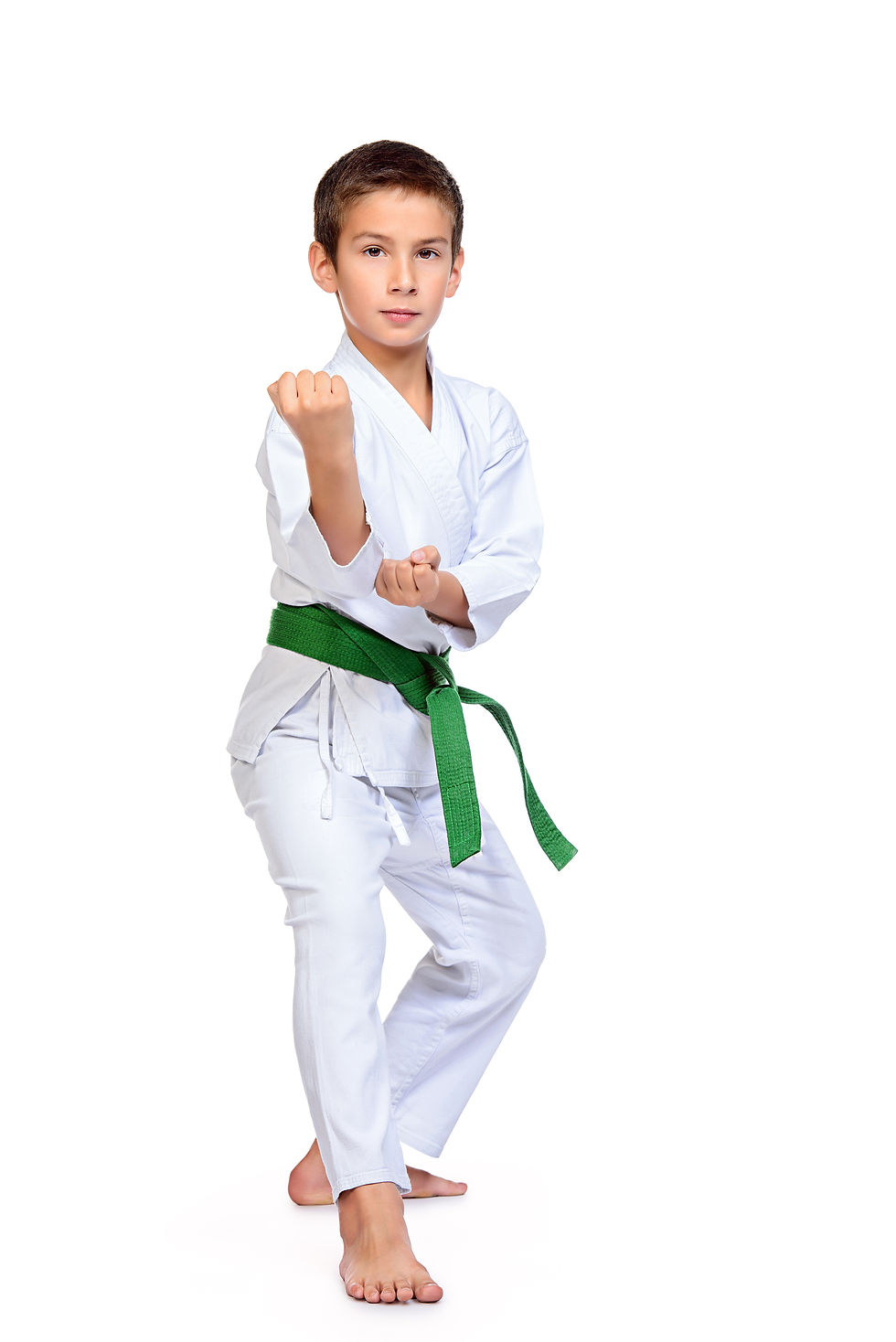What if my child is the bully?
- Craig Barnden
- Dec 9, 2017
- 3 min read

While there is a significant amount of focus on the victims of bullying, we also need to consider why someone is being a bully. In most cases, parents of children accused of bullying can’t believe their child would be involved with such a thing. In a lot of cases, there are underlying factors that may be contributing to the actions of the child. Things such as peer pressure, embarrassment, self-confidence, anger, pride, or being bullied themselves, can all play a part in the process of a child becoming a bully
As an example of these reasons:
• Peer Pressure – their friends make them feel like they have to be tough to fit in to the group.
• Embarrassment - the other child did or said something that made them look silly.
• Self-confidence – either a lack of, or too much, self-confidence can lead to a child lashing out; they may feel they need to ‘prove’ themselves worthy by showing they are better than someone else.
• Anger – this can come from a number of sources; feeling like they are inadequate, jealousy of a sibling or class mate who is performing better than they are, or as simple as getting into trouble for something they feel they haven’t done. These can all lead to children feeling angry or emotional and lashing out at others.
• Pride – this is particularly relevant for males. In some cases, a poorly selected comment or joke at their expense from another child may be all that is needed to dent their pride. This can lead to them lashing out against others as retaliation for what has happened (and in some cases, it may not even be directed towards the child who created the issue).
• Being bullied – in some instances, children who are bullies have been bullied themselves.
The anger and frustration they feel by having been singled out and picked on, can lead to them taking it out on another child.
Just because a child is being a bully, doesn’t mean they are a bad kid. In fact, it is quite often the opposite, and by providing the correct guidance and support, they can turn things around quite quickly.
There are a number of ways we can work with children who are lashing out, and in most case the things that work best are very similar to what we would do for a child who is the victim of a bully. In a later section of this book we will take a closer look at the methods we use to help children develop good character and life skills. However, below are a few examples of how we work with children to change this behavior.
• Engage with the child so they feel like they belong to the group and they are an important member of a team.
• Engage with the child so they feel like they belong to the group and they are an important member of a team.
• Encourage the child to better interact with other children by asking them to demonstrate techniques, or assist other children who are having trouble picking it up.
• Foster a sense of achievement and pride by highlighting their efforts when helping someone else.
• Help the child realise that being thoughtful and caring is a rewarding and worthwhile action.
The implementation of the above is further reinforced by the Martial Arts grading system. The system we use not only rewards physical achievements, but also recognises a child’s personal growth. An example of this is a new “belt tip” may be awarded to a child for assisting another student with a tough technique they are trying to learn. Our aim is to help students to understand that to hold a Martial Arts Black Belt, you not only need to be great at kicking and punching, you also need to be a good person.


























Comments